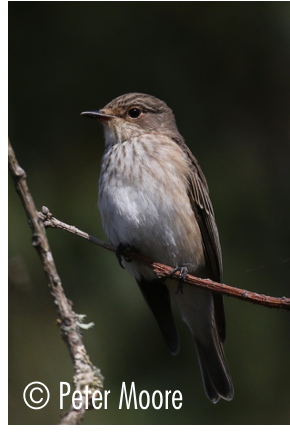You can view this information in two different ways. Our alphabetical list provides information on the status of each species within the harbour, finder dates and names, photos and favoured locations. By clicking on the Systematic List button you will be presented the full Poole Harbour systematic list which includes status of species, pending records and historical accounts.
To date, 333 species have occurred and have been accepted within the Birds of Poole Harbour boundaries. A further 11 distinct subspecies have also been seen. In addition, we have two species/subspecies which have been recorded, but are awaiting acceptance by the appropriate records panel.
There are a handful of historical records, for which there is currently insufficient information to allow their inclusion onto the Poole Harbour list, but are believed to be genuine records. They are listed at the end of the list.
Finally, there are a number of feral or escaped species that have been recorded within the Birds of Poole Harbour boundaries. They are included for completeness, but are not included on the Poole Harbour list.
We would be interested in hearing details of any species that do not appeared on this list.
The Birds of Poole Harbour systematic list is a PDF which you can view by clicking on the button below. It was last updated on December 2019.
Full Poole Harbour Systematic List
Muscicapa striata
Summer Visitor & Passage Migrant
A late(ish) spring migrant with birds being recorded from late April as they breed sporadically around the harbour with 5-10 pairs in total. Most recently at Arne, Ridge, Slepe and Middlebere. More evident in autumn, from mid-August with Ballard, Sunnyside Farm, Slepe, Middlebere, Lytchett Fields, and the Greenland’s area being notable hot spots. During August and September can found in small groups of 2-10 birds.

© 2025 Birds of Poole Harbour Registered Charity No. 1152615